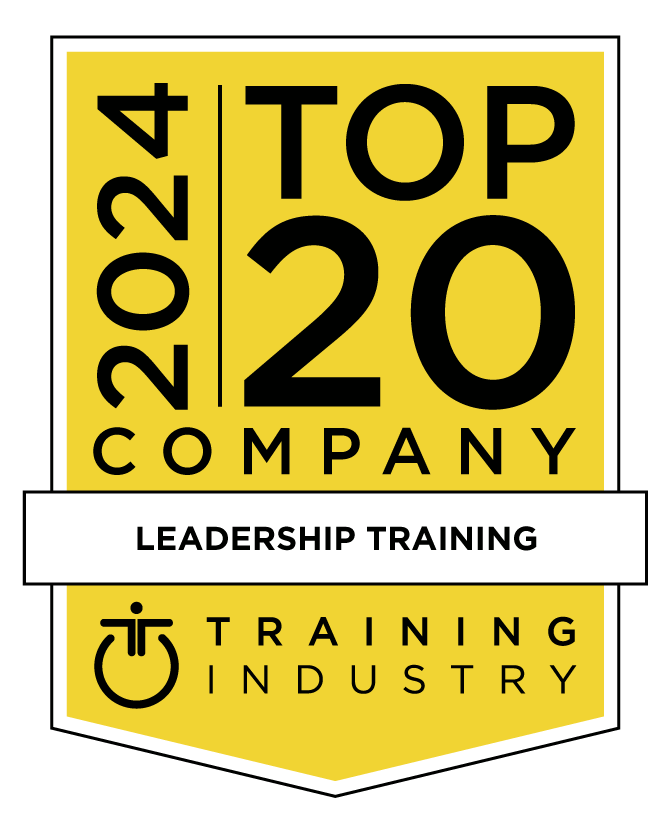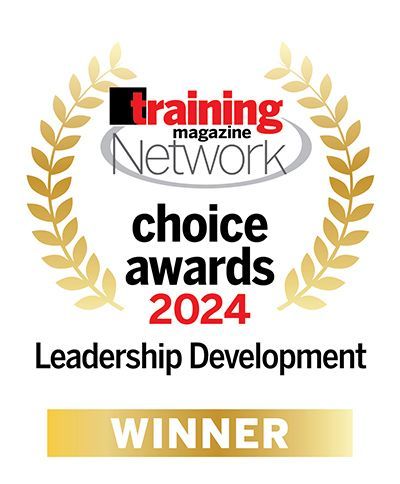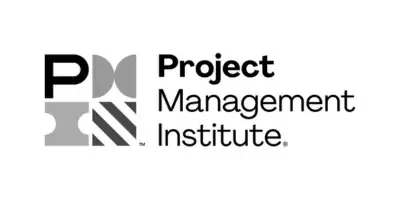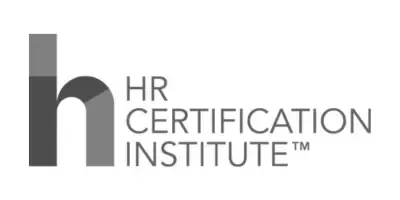How Leadership Development Training Can Transform Your Organization
In today’s rapidly evolving business environment, organizations must remain agile to stay ahead of the curve. As market dynamics and industry landscapes shift, the ability to adapt becomes critical for long-term success. Leaders play a pivotal role in guiding organizations through these changes, ensuring they stay relevant and competitive.
Unfortunately, many organizations fall short when it comes to preparing their leaders for these challenges. According to recruitment services company Zippia, only five percent of businesses implement leadership training across all levels. This lack of investment in leadership development can hinder an organization's ability to thrive in a competitive marketplace. The solution lies in comprehensive leadership development training.
Understanding Leadership Development Training
Leadership development training is a strategic initiative designed to hone the skills and capabilities essential for effective leadership. This training encompasses a variety of methods, including:
- Custom In-House Programs: Tailored to align with an organization’s specific goals, culture, and leadership requirements, these programs provide relevant and focused training to develop leaders who can drive the organization’s unique objectives.
- Mentorship and Coaching: Pairing emerging leaders with experienced mentors allows for personal guidance, real-time feedback, and the sharing of valuable insights gained from years of experience in leadership roles.
- Workshops and Seminars: These are interactive sessions, often conducted by experts, that focus on specific leadership competencies such as emotional intelligence, strategic thinking, and decision-making. They can be delivered in person or virtually, depending on the organization’s needs.
- Online Leadership Courses: Flexible and accessible, online courses provide an opportunity for leaders to learn at their own pace while still gaining comprehensive knowledge in key leadership areas. These courses often include multimedia content, discussion forums, and practical assignments.
- Leadership Assessment Tools: Utilizing assessments such as 360-degree feedback, personality tests, and leadership competency evaluations can help identify strengths and areas for development. These tools are often incorporated into broader training programs to provide a personalized learning experience.
- Leadership training is beneficial at every stage of a leader’s journey. Whether you’re just starting out and need to build core skills like communication and problem-solving, or you’re a seasoned leader looking to refine your approach to strategic thinking, the right program can provide the tools necessary for success.
The Transformative Power of Leadership Training
Investing in leadership development is not just about improving individual performance; it’s about driving organizational transformation. Here’s how leadership training can be a game-changer for your business:
1. Navigating Industry Changes and Disruptions
In a world where change is the only constant, organizations that fail to adapt risk falling behind. Leaders who are well-trained can help their organizations navigate disruptions more effectively. Leadership training programs that emphasize strategic agility and innovation prepare leaders to anticipate shifts in the market and respond proactively.
By staying informed about industry trends and developing the ability to pivot quickly, trained leaders can guide their organizations through uncertain times, turning potential threats into opportunities for growth.
2. Strengthening Decision-Making Capabilities
Effective leaders are those who can make sound decisions, even in high-pressure situations. Leadership training programs are designed to enhance critical thinking and decision-making skills, enabling leaders to evaluate options more thoroughly and choose the best course of action.
Through practical exercises and real-world scenarios, leaders can practice making decisions in a safe environment, building confidence and competence that will serve them well in the real world. This ability to make informed decisions quickly is crucial for maintaining a competitive edge.
3. Enhancing Team Engagement and Retention
The quality of leadership directly impacts employee engagement and satisfaction. Research consistently shows that employees who feel supported and valued by their leaders are more motivated and committed to their work.Leadership training helps leaders develop the skills needed to foster a positive work environment.
By learning how to communicate effectively, provide constructive feedback, and recognize team achievements, leaders can boost morale and productivity. This, in turn, leads to higher retention rates and a more engaged workforce.
4. Fostering a Culture of Innovation
A forward-thinking leader understands the importance of fostering a culture of innovation within their organization. Leadership development programs that focus on creative problem-solving, risk-taking, and encouraging new ideas can empower leaders to cultivate an environment where innovation thrives.
This culture of innovation not only drives the development of new products and services but also encourages continuous improvement in processes and operations, positioning the organization as a leader in its industry.
5. Building Resilience and Adaptability
In today’s volatile business environment, resilience and adaptability are essential qualities for leaders. Leadership training programs often include modules on emotional intelligence, stress management, and change management, which are crucial for building resilience.
By learning how to manage stress, adapt to changing circumstances, and remain focused on long-term goals, leaders can guide their organizations through difficult times while maintaining a positive and productive work environment. This resilience not only helps in overcoming challenges but also in sustaining growth during periods of uncertainty.
Selecting the Right Leadership Development Program
Choosing the appropriate leadership development program is crucial to maximizing the benefits of training. Here are some key considerations when selecting a program:
Aligning with Personal and Organizational Goals
Before enrolling in a leadership program, it’s important to identify both personal and organizational objectives. What are the specific skills you need to develop to meet these goals? Do you need to focus on improving team management, strategic planning, or perhaps emotional intelligence?
Understanding these needs will help you select a program that offers targeted training in the areas most relevant to your role and the broader goals of your organization.
Exploring Various Learning Formats
Leadership development programs come in a variety of formats, including intensive workshops, online courses, and blended learning options. The right format for you will depend on your learning style, time constraints, and budget.
According to Forbes, 86 percent of organizations offer leadership development programs, but only 57 percent assess leadership strengths and needs for development.
If you’re balancing a busy schedule, an online course with flexible deadlines might be the best option. On the other hand, if you thrive in interactive environments, a hands-on workshop could be more beneficial.
Crestcom, for example, offers a range of leadership training programs that cater to different learning preferences, from virtual workshops to in-person seminars, ensuring that you can find a format that fits your needs.
Assessing the Impact on Your Career and Organization
Investing in leadership development should provide a strong return on investment (ROI) for both you and your organization. It’s important to assess how a program will contribute to your career growth and how it can positively impact your organization’s performance.
Look for programs that not only enhance your leadership skills but also offer practical applications that can be implemented within your organization. Crestcom’s training programs, for instance, are designed to deliver measurable results, with a focus on improving leadership effectiveness and driving organizational success.
How Leadership Training Can Drive Organizational Change
Leadership development training is a powerful tool for driving organizational change and fostering a culture of continuous improvement. Here are some ways effective leadership can transform your organization:
Leading Innovation and Managing Change
In today’s fast-paced business world, the ability to lead innovation and manage change is essential. Leadership training equips leaders with the tools they need to drive innovation, from fostering creative thinking to implementing new strategies.
Programs that focus on change management prepare leaders to guide their teams through transitions smoothly, ensuring that changes are implemented with minimal disruption. By promoting a culture of innovation, leaders can help their organizations stay ahead of the competition and continue to grow.
Overcoming Resistance and Building Consensus
Resistance to change is a common challenge in any organization. Leadership training can help leaders develop the skills needed to overcome resistance and build consensus among team members and stakeholders.
Training programs often include techniques for effective communication, active listening, and conflict resolution, all of which are essential for addressing concerns and ensuring that everyone is on board with new initiatives.
Crestcom’s leadership programs emphasize the importance of understanding the perspectives of others and building strong relationships, helping leaders navigate the complexities of organizational change with greater ease.
Cultivating a Culture of Continuous Improvement
One of the most significant outcomes of leadership training is the ability to cultivate a culture of continuous improvement. Leaders who are committed to their own development are more likely to encourage ongoing learning and growth within their teams.
By setting an example and fostering an environment where continuous improvement is valued, leaders can inspire their teams to strive for excellence. This culture of improvement not only enhances individual and team performance but also drives overall organizational success.
Conclusion
Leadership development training is a vital investment for any organization looking to navigate the challenges of today’s business environment. By empowering leaders with the skills they need to succeed, organizations can drive innovation, improve decision-making, and create a culture of continuous improvement.
Whether you’re a seasoned executive or an aspiring leader, leadership training can provide you with the tools and confidence needed to make a lasting impact on your organization. Don’t just respond to change—lead it. Consider exploring Crestcom’s L.E.A.D.R. for Life leadership development training program and take the first step toward transforming your organization.
Interested in a free Leadership Skills Workshop with your team?
- Address instantly fixable issues that impact customer perceptions and employee morale.
- Learn and practice a habit that will raise employee performance.
- Set actions with specific and measurable steps that they'll gladly be accountable to achieve.











